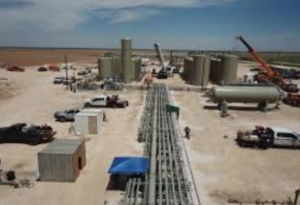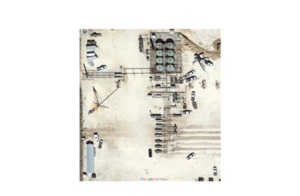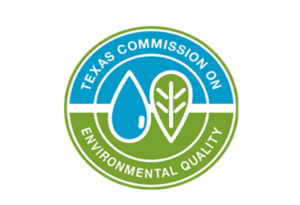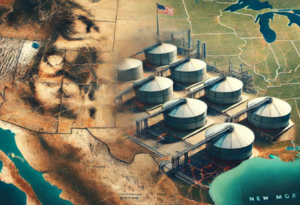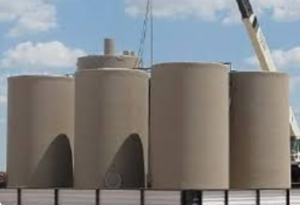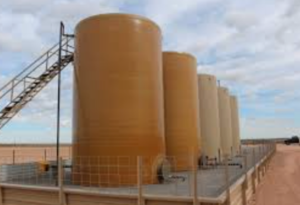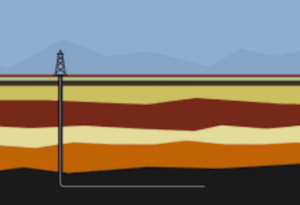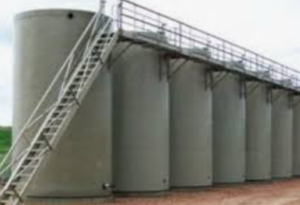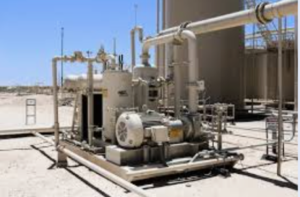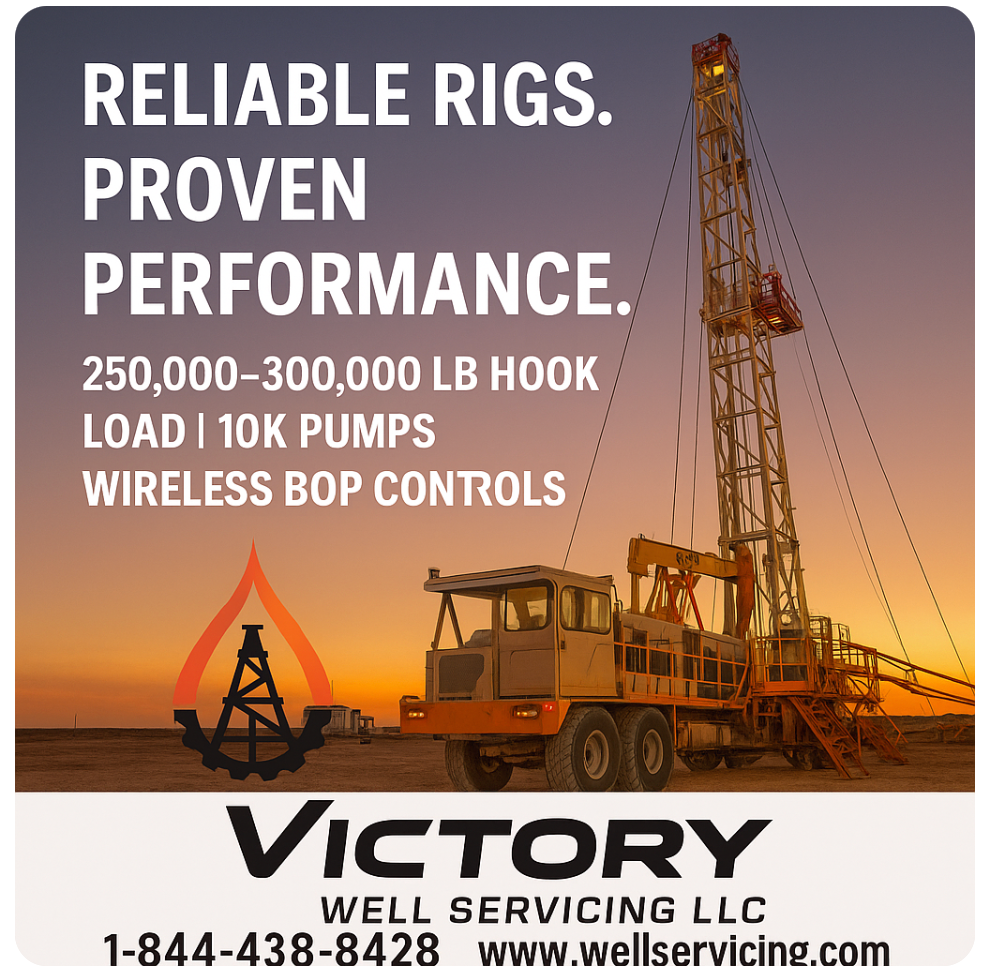During the Q2 2024 earnings call, Diamondback Energy discussed their approach to drilling lateral wells, emphasising their success with longer laterals and the potential for further extensions. Diamondback raised its oil production guidance for the year, increasing the high end of their range by nearly 1.5%. This adjustment reflects the company’s success of drilling longer lateral wells, with an average lateral length close to 12,000 feet for 2024. They also mentioned successfully drilling a 20,000-foot lateral in under nine days, setting a new record in the Midland Basin.
The increased production in the Permian from the adoption longer lateral wells has driven the adoption of larger tanks like the API 1000-barrel (bbl) tank at new and existing batteries. API 1000-barrel (bbl) tanks are large storage tanks typically used in the oil and gas industry for holding various fluids, including crude oil, produced water, and other liquids. These tanks are designed according to the standards set by the American Petroleum Institute (API), ensuring they meet specific safety, durability, and performance criteria.
Key Features and Specifications API 1000-Barrel Tanks:
- Capacity: 1000 barrels, equivalent to approximately 42,000 gallons or 159,000 liters.
- Material: Typically made from carbon steel or other durable materials that can withstand harsh environmental conditions and the corrosive nature of stored liquids.
- Design Standards: Adheres to API specifications, often API 12F (specification for shop-welded tanks) or API 650 (standard for welded tanks for oil storage). These standards ensure that the tank can safely hold large volumes of liquids under various pressure and temperature conditions.
- Construction: May feature both single and double-wall designs, with options for additional corrosion protection through coatings or liners.
- Applications: Used in upstream, midstream, and downstream operations for storing crude oil, produced water, chemicals, and other liquids. These tanks are common in tank farms, well sites, and production facilities.
- Accessories: Can include features such as manways, vents, fill lines, nozzles, and level gauges. Some tanks may also have heating or insulation features depending on the fluid being stored and the environmental conditions.
- Compliance: These tanks must comply with local and federal regulations, including environmental protection standards.
Diamondback Energy’s achievements in drilling longer laterals underscore the company’s commitment to maximizing efficiency and production. As they continue to push the boundaries of drilling technology and optimize their infrastructure, Diamondback is well-positioned to meet their elevated production targets while maintaining the highest standards of safety and compliance. These advancements not only enhance their operational capabilities but also reinforce their leadership in the industry, setting the stage for continued growth and success.


